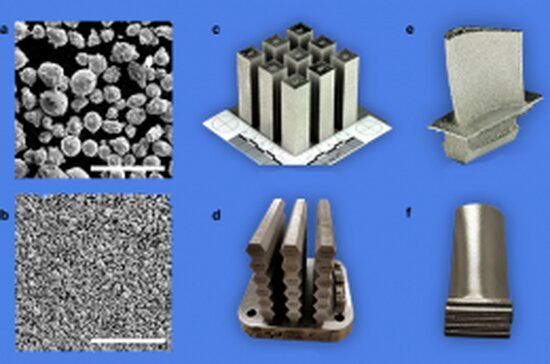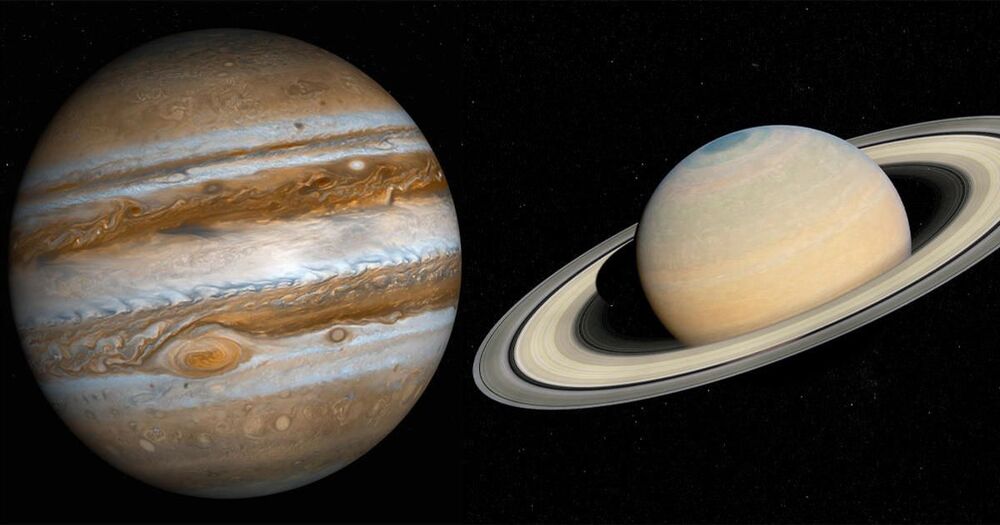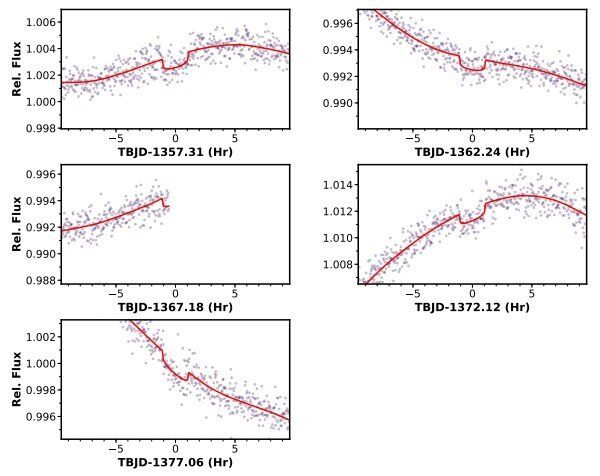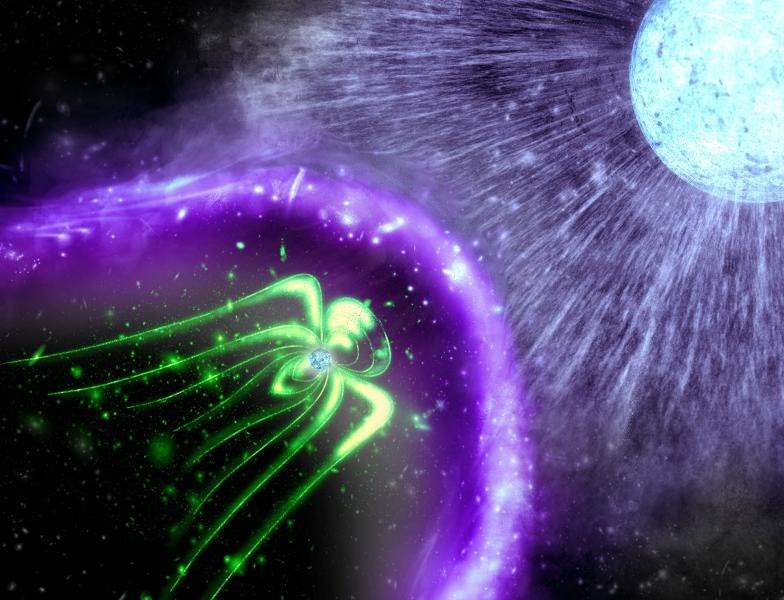A team of researchers led by members of the Kavli Institute for the Physics and Mathematics of the Universe (Kavli IPMU) has analyzed previously collected data to infer the true nature of a compact object—found to be a rotating magnetar, a type of neutron star with an extremely strong magnetic field—orbiting within LS 5039, the brightest gamma-ray binary system in the Galaxy.
Including former graduate student Hiroki Yoneda, Senior Scientist Kazuo Makishima and Principal Investigator Tadayuki Takahashi at the Kavli IMPU, the team also suggest that the particle acceleration process known to occur within LS 5039 is caused by interactions between the dense stellar winds of its primary massive star, and ultra-strong magnetic fields of the rotating magnetar.
Gamma-ray binaries are a system of massive, high-energy stars and compact stars. They were discovered only recently, in 2004, when observations of very-high-energy gamma-rays in the teraelectronvolt (TeV) band from large enough regions of the sky became possible. When viewed with visible light, gamma-ray binaries appear as bright bluish-white stars, and are indistinguishable from any other binary system hosting a massive star. However, when observed with X-rays and gamma-rays, their properties are dramatically different from those of other binaries. In these energy bands, ordinary binary systems are completely invisible, but gamma-ray binaries produce intense non-thermal emission, and their intensity appears to increase and decrease according to their orbital periods of several days to several years.









